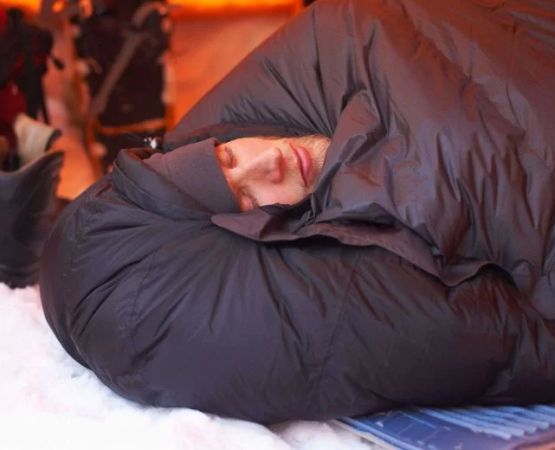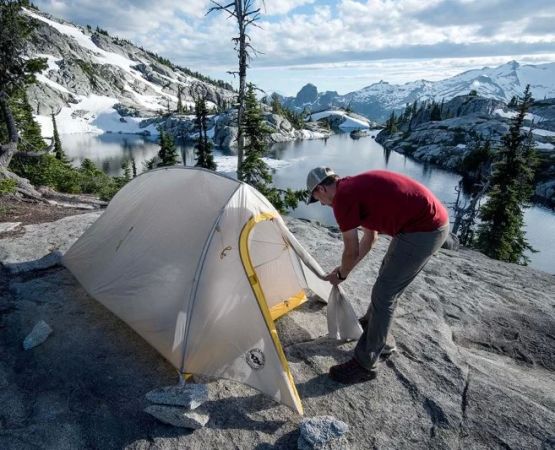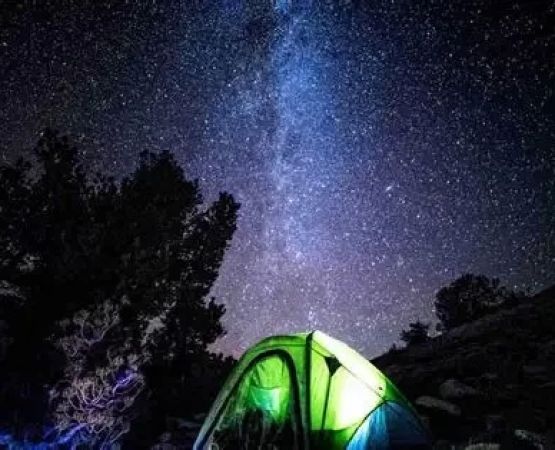- 1 - understanding-what-matters-when-choosing-a-cook-set
- 2 - material-matters-which-cookware-is-right-for-you
- 3 - cook-set-features-that-solo-backpackers-should-prioritize
- 4 - case-story-lessons-from-a-thru-hiker
- 5 - packing-light-but-eating-well-the-balance-solo-campers-seek
- 6 - how-to-choose-the-best-set-for-your-own-adventure
1. Understanding What Matters When Choosing a Cook Set
When it comes to solo backpacking, every ounce counts—but so does functionality. Choosing the right backpacking cook set isn't just about weight; it’s also about what you cook, how often, and under what conditions. A quick boil-only set might be fine for some, but others may prefer full meals requiring more versatile cookware. Your personal habits, comfort needs, and travel environment all shape what’s truly “best.”
2. Material Matters: Which Cookware is Right for You?
2.1 Aluminum: Lightweight and Budget-Friendly
Aluminum is a favorite among hikers for its ultralight weight and affordability. Hard-anodized aluminum adds durability and slightly better heat distribution, making it ideal for basic meals. However, it can dent or scratch if handled roughly—something to consider when stuffing gear into your pack day after day.
2.2 Titanium: Premium Choice for Minimalists
Titanium cook sets are prized for being ultralight and extremely strong. They're ideal for boiling water quickly and surviving rough treatment. The downside? Titanium doesn’t distribute heat well and is expensive. But if you’re counting grams on a thru-hike, this may be your best bet.
2.3 Stainless Steel: Rugged but Heavy
Stainless steel is durable and resistant to warping and rust. It’s ideal for those who cook more elaborate meals or need to use their cook set over open fire. The trade-off is weight. For solo backpackers, stainless steel may only be worthwhile if durability trumps all else.
3. Cook Set Features That Solo Backpackers Should Prioritize
3.1 Compact Nesting Design
Solo kits should prioritize space efficiency. Look for pots that nest together with a stove and fuel canister inside. Foldable handles and collapsible mugs can also be game changers for your pack volume.
3.2 Integrated Lids and Multifunctional Tools
A lid that doubles as a frying pan or bowl saves space. Some high-end sets come with lids that also work as strainers or eating surfaces. Multi-use functionality adds efficiency on the trail.
3.3 Easy Cleaning and Fuel Compatibility
Nothing ruins a solo trip like trying to scrub burnt rice from your pot in freezing temps. Consider nonstick surfaces and simple shapes that clean easily. Also, ensure the cook set fits your fuel system, whether it’s canister, alcohol stove, or solid fuel.
4. Case Story: Lessons from a Thru-Hiker
When Mark, a solo hiker from Colorado, attempted the Appalachian Trail, he began with a full cook set including two pots, a frying pan, and even a coffee press. By the time he reached Virginia, he had mailed half of it home. “All I really needed,” he later said, “was a pot that boiled water fast and a cup for coffee.”
His final kit? A titanium pot, foldable spork, and an ultralight alcohol stove. It was a lesson in simplicity. “Once I stopped trying to replicate my home kitchen,” Mark noted, “everything felt lighter—including my experience.”
5. Packing Light But Eating Well: The Balance Solo Campers Seek
5.1 Rethinking Meal Strategy
If you’re content with dehydrated meals and instant oats, your cook set can be ultra minimal. But if you're someone who enjoys sautéing onions or scrambling eggs at dawn, a more comprehensive set may be worth the weight. Some solo backpackers find joy and grounding in trail meals, making cookware an emotional investment too.
5.2 Fuel and Efficiency
Solo trips often involve smaller fuel canisters. Choosing a cook set with excellent heat retention or tight-fitting lids can drastically extend your fuel’s life. Some premium sets include heat exchangers or wind shields to maximize burn efficiency.
6. How to Choose the Best Set for Your Own Adventure
6.1 Ask the Right Questions
Are you backpacking for days or just weekend trips? Do you eat cold food sometimes or always cook? Is cost a major factor? These questions will guide your choice more than brand loyalty ever could.
6.2 Try Before You Commit
If possible, test different cook sets on shorter trips. Borrow from friends or attend local backpacking events where brands allow you to try gear. Real-world testing beats online reviews every time.
6.3 Gear Up With Purpose
Ultimately, the best solo backpacking cook set fits your routine, pack weight goals, and cooking style. For expert-recommended products and practical options that match your hiking lifestyle, check out Pine Cliff Resort, where both beginners and seasoned adventurers find reliable, curated gear tailored for real-world use.







